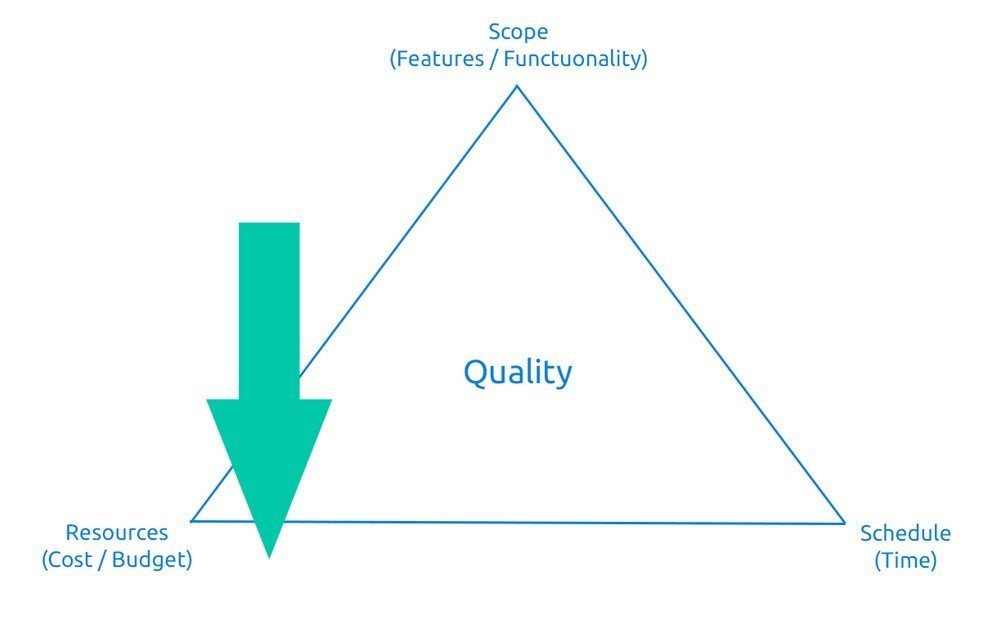Cohesive teamwork has become a gold standard in the business world. 90% of corporate leaders feel today’s problems are so complex they require different skill sets to provide effective solutions. Internal collaboration can also fuel knowledge exchange, creative thinking, and problem-solving critical to positive business outcomes. However, different teams require different tools, and each team can pick the most appropriate products and methods to suit their immediate and long-term needs. This is when the question arises — how to build communication between those different products. Moreover, management still has a legitimate need to see the “big picture” across all projects.

The PPM Tool Mix
Not so long ago, in fact, we had only spreadsheets, PowerPoint, or the most primitive software for managing projects at our disposal. Today’s fast-paced business environment and growing volume of projects require innovation; that’s why many organizations turn towards more effective approaches and tools.
Currently, every product manager can choose from a variety of services and tools. Modern software for product management helps in the following various areas:
- business analysis
- work management
- product roadmap management
- Design, UI, and UX
- product analytics
- budgeting
- resource management
- time-tracking, etc.
Most likely, one day we’ll have an optimal set of tools. Now the tools mix. Different teams within one organization can use different tools. They choose apps in order to be effective. Sometimes the toolkit is a “legacy.” Sometimes, when it makes sense to generalize the approach, the teams migrate to the same toolbox. But sometimes you need to keep things as they are.
The PPM Methodology Mix: Agile and Waterfall

The waterfall is a cascade project management methodology. It is the traditional, most popular, and logical methodology. Suppose you needed to plant a tree. By using Waterfall, the project is as follows:
- Buy seedling
- Dig a hole
- Put the seedling in the hole
- Cover the hole with soil
- Water the tree
Each stage in such a project follows the previous one and cannot be completed earlier than the previous one. To use Waterfall, you need to have a clear technical task and an understanding of the steps. The clearer the technical task, the less chance that the project will go sideways.
For projects where “going sideways” is acceptable, there is a flexible Agile methodology. Agile has a wide range of applications, but most of all it has taken root in IT. At every step of your plan to build a successful project, you must provide tangible results.
Thus, we can’t use the example with the tree: well, you bought a seedling, but what’s the use? So, we’ll use an example of a more complicated project. Let it be a construction project. The task is to build a house where you can live. The stages of production would be as follows:
- Build a box with walls and a ceiling
- Build the roof and roll up the walls with plaster
- Put doors and windows in the house
- Get the wiring and plumbing
- Lay laminate, put up wallpaper
- Bring furniture and a TV
- Let the cat in
This house can be used approximately after the first stage — not very comfortable, but possible. Thus, every stage results in adding value to the production stages and can be active simultaneously or in a different order. The key point: at each stage of product creation, you can use the product.
How to Combine Tools and Methodologies for the Maximum Result?
All organizations have projects, the management of which needs both step-by-step and flexible models, not to mention the myriads of modern tools that sometimes don’t match. So, how can we benefit from all this diversity while striving for success?
As for the tools, the “mix and match” scenario is easy — a new generation of PPM platforms integrate earlier adopted tools. Aggregator platforms make your life easier by leaving the choice of the tool to you while keeping the whole picture in check for your executives and PMOs. PPM Express allows you to aggregate information about projects, even if they are conducted under different methodologies and tools. It is a SaaS platform that enables an organization to have a full portfolio and project visibility by aggregating project-related information across groups, portfolios, and systems. PPM Express is a lightweight portfolio management tool that suits the immediate needs of teams and business entities starting with 20 people, to the extent of large companies with hundreds up to thousands of employees.
As for the methodologies, it cannot be said that one is better than the other; they solve different problems. The success of projects based on a cascade model depends on careful resource planning and timing. PPM Express works flawlessly with these issues. Project management with Agile may need help with prioritization. PPM Express can solve this aspect in no time.
With Agile, some difficulties may arise with the allocation of resources for a specific portfolio. One cannot do without drawing up the exact plan. If you do not solve the problem of the quantitative distribution of resources for projects and portfolios, then you will not be able to set priorities. PPM Express will help keep these aspects under control and not lose management flexibility. Implementing PPM Express with the Agile model will help to avoid disrupting the release of updates and “devour” strategic development resources.


